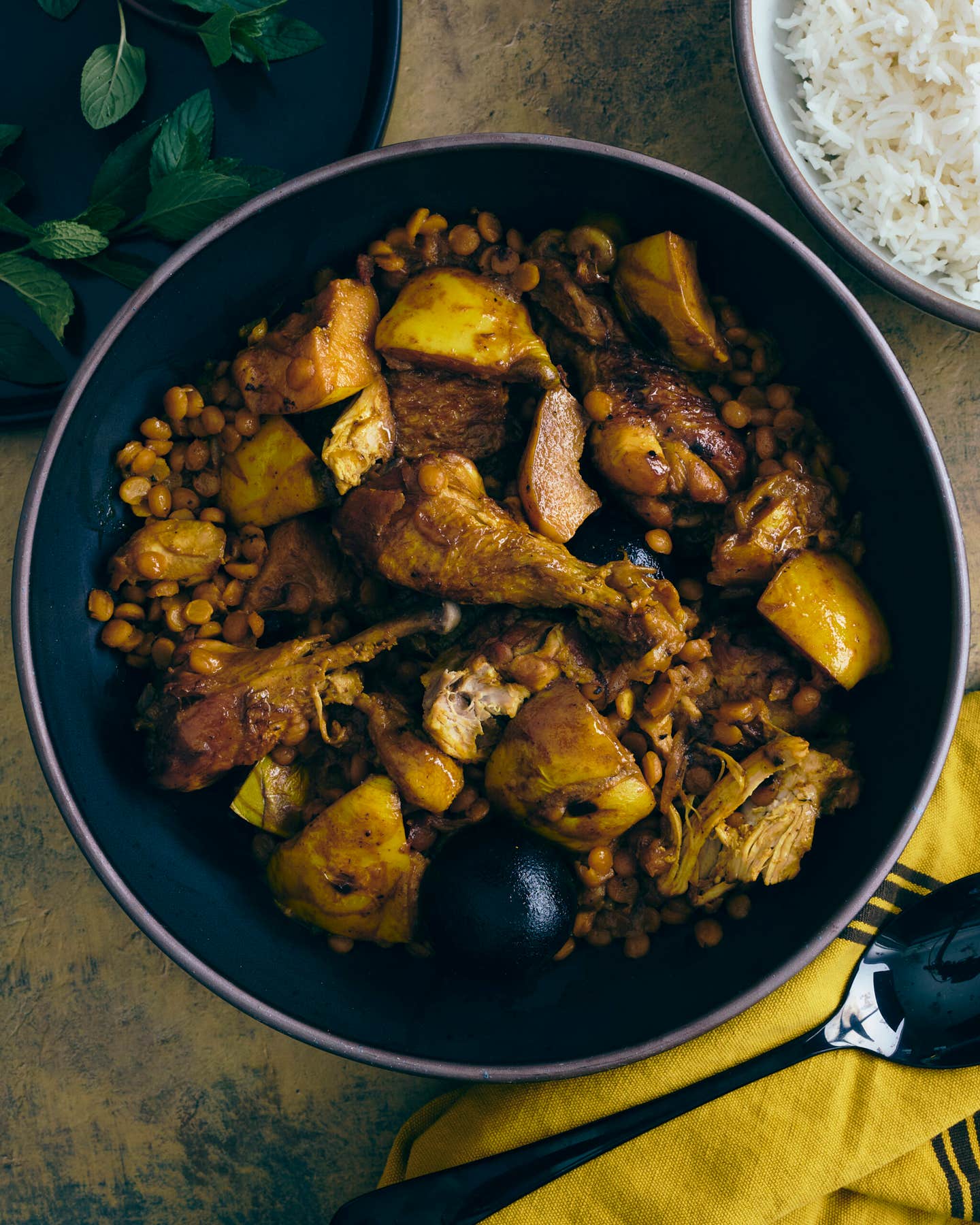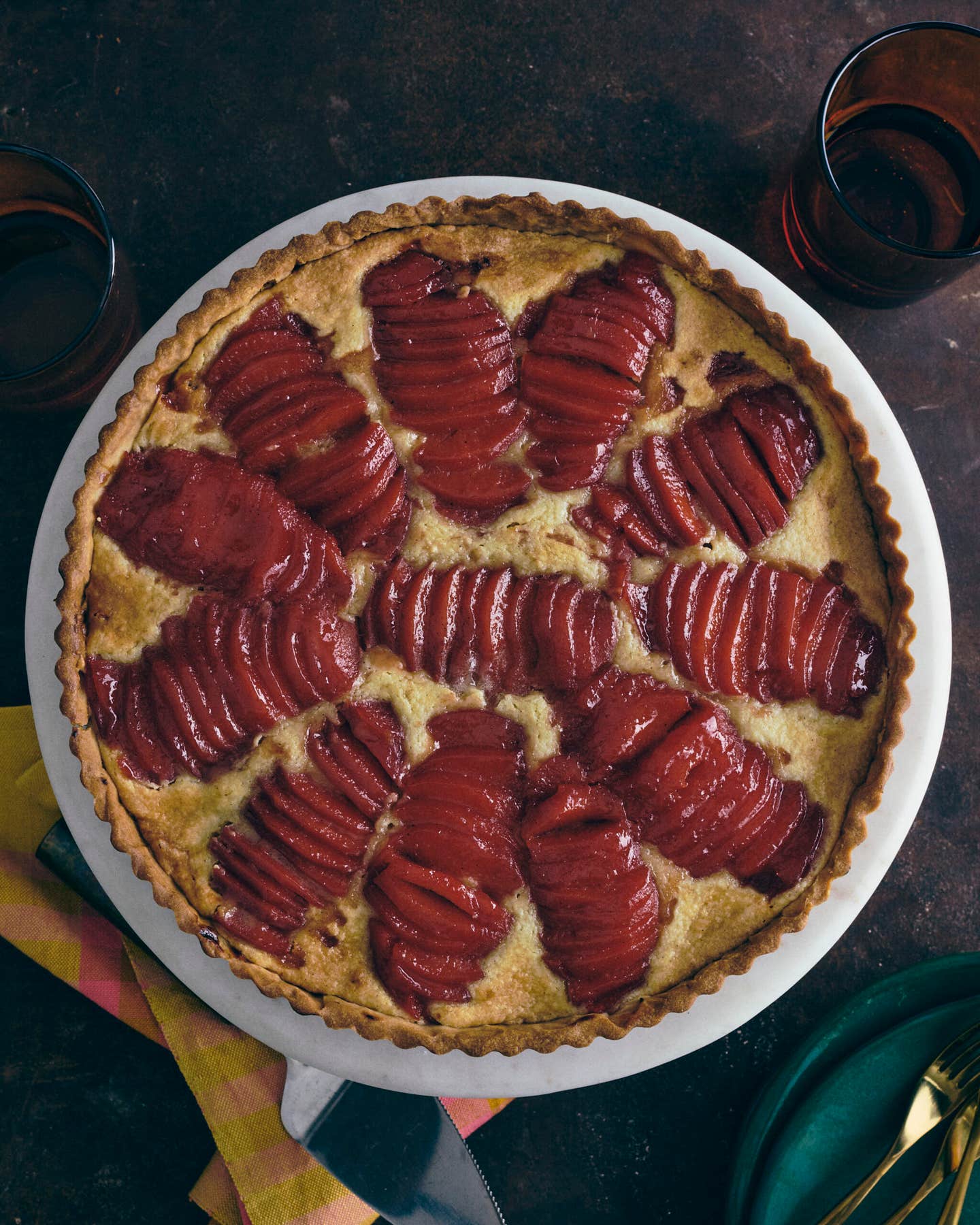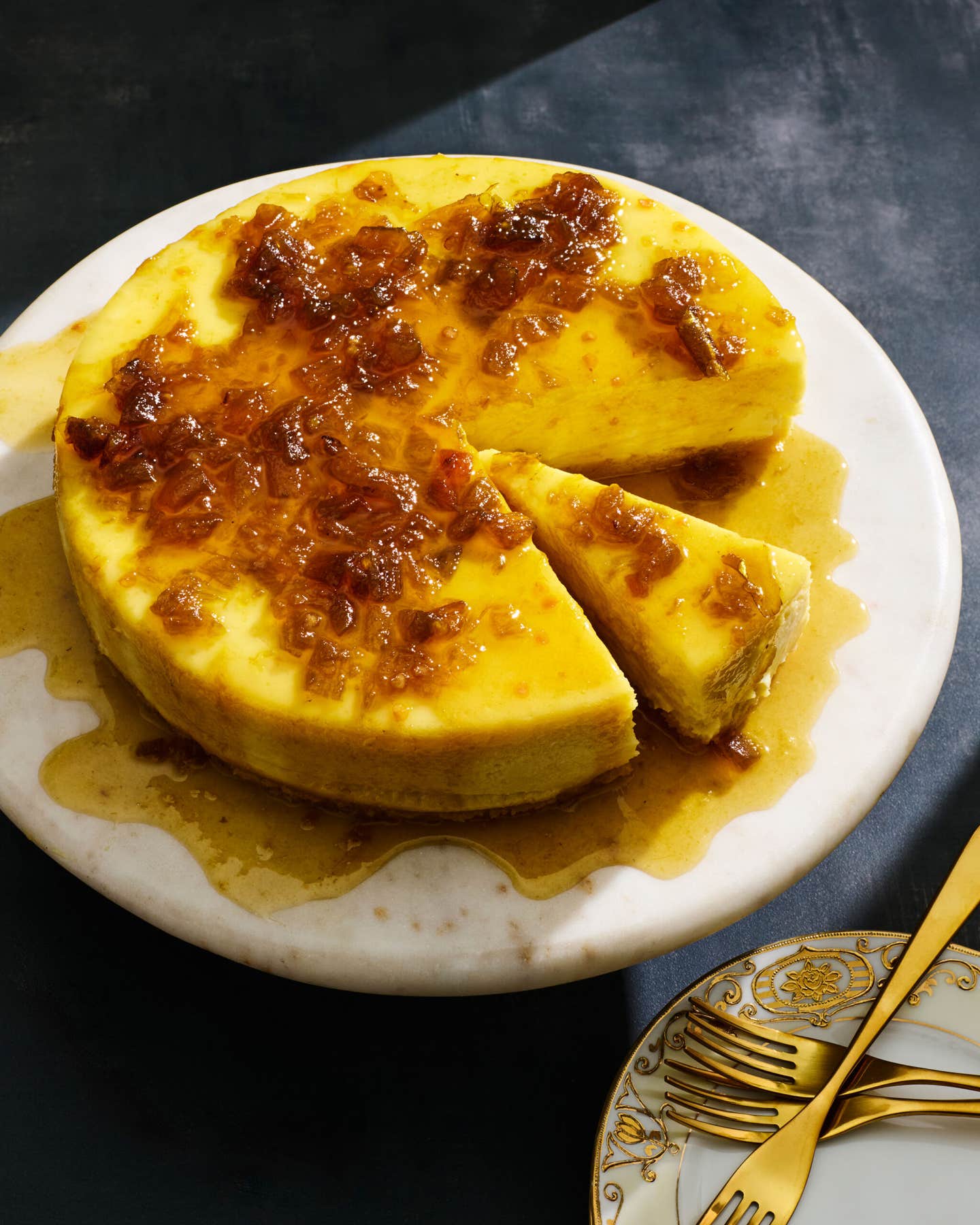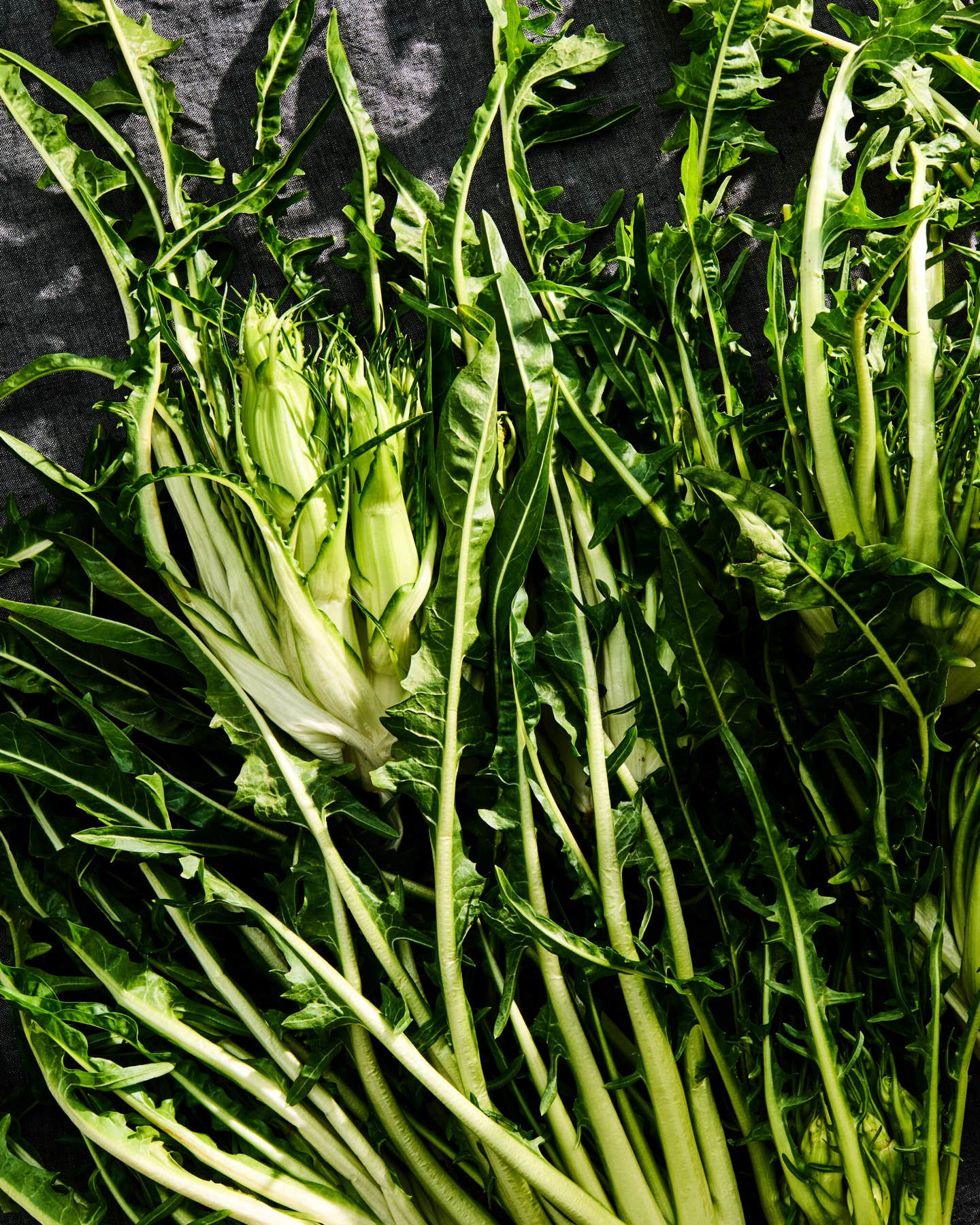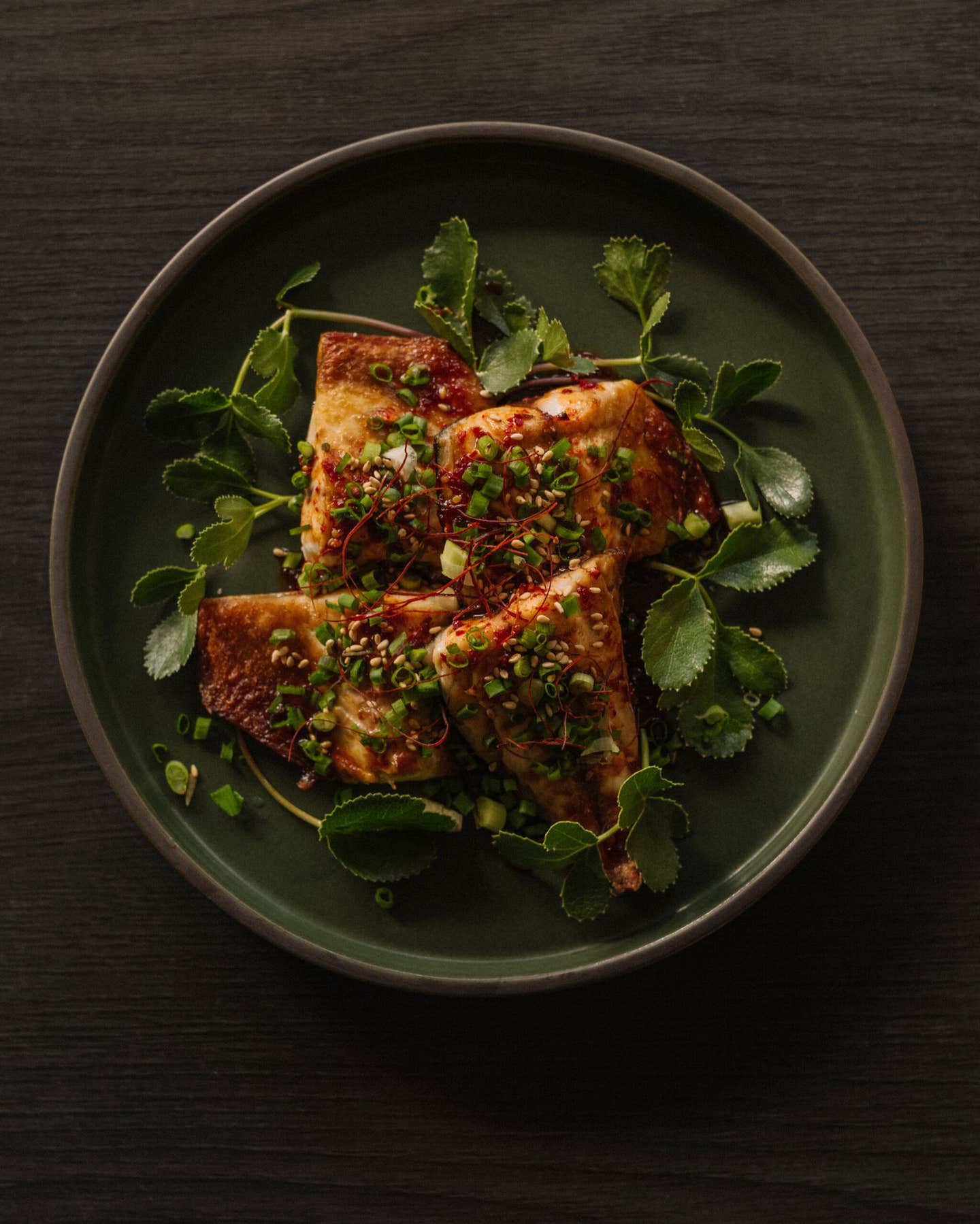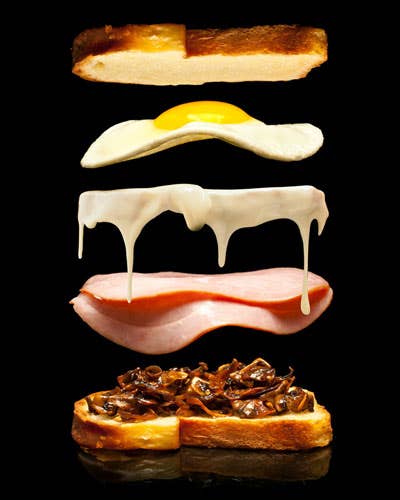
Modernist Ingredients Demystified
When we published Modernist Cuisine in 2011, many traditional chefs were shocked by the breadth of exotic ingredients and unusual preparations we feature throughout the book. We were often asked "Why are you putting so many chemicals into your food?" Often the questioner, in the next breath, said something like, "I prefer simple foods, like pasta, bread, cheese, and wine."
We can't help but chuckle at comments like these. Are there chemicals in our food? Yes, and elements, too! All food is made of chemicals—but of course that's not the intent of the question. These people are really asking us why some of our recipes call for refined or unfamiliar chemicals.
But this question presumes, wrongly, that traditional foods made from familiar ingredients are more natural. In fact, most "simple" dishes, including pasta, bread, wine, and cheese, are highly processed. You cannot create a baguette by just mixing freshly cut wheat with water, wild yeast, and salt. The wheat must first be processed into flour, and the yeast carefully cultivated. Even artisanal Parmigiano-Reggiano requires a complex mixture of animal enzymes, called rennet, in its production. Wines are fermented in tightly controlled bioreactors, and nearly all winemakers add refined sulfites to help preserve their wines. Modernist ingredients like sodium citrate, soy lecithin, diastatic malt powder, and gluten may sound exotic, but they are made from soybeans, citrus, barley, and wheat through processes that are no more elaborate than those used to make sugar, vinegar, or baking soda.
But some modern ingredients have culinary powers that traditional counterparts do not. That is why we decided from the start to include them in our new book, Modernist Cuisine at Home, whenever the modern alternative offers the best way to achieve excellent results.
Sodium citrate, for example, does wonders with cheese. A small amount of this tangy salt made from citric acid (which comes from citrus fruits) allows you to make Velveeta-like slices that melt perfectly, while using any of your favorite cheeses. Because it acts as an emulsifier, the sodium citrate keeps the cheese from breaking up into a greasy mess when it melts. A grilled cheese sandwich made from Camembert and Gruyere is amazing, and sodium citrate makes it possible.
Soy lecithin similarly holds our vinaigrettes together so they don't separate. This naturally occurring phospholipid is derived from soybeans and is available in organic varieties. The vinegar, which is made from sugar, yeast, and bacteria in a process called microbial fermentation, is arguably the weirder ingredient in the vinaigrette recipe.
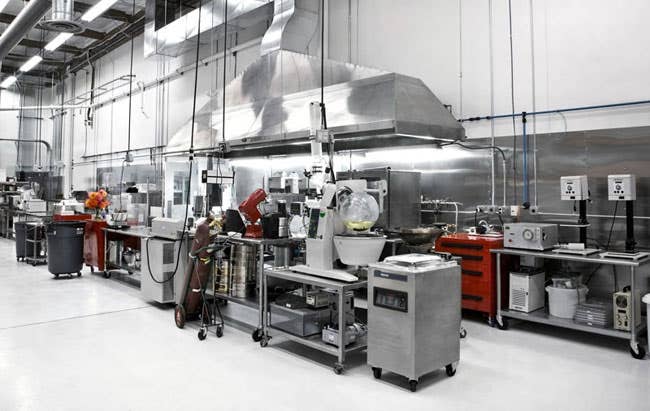
Ryan Matthew Smith/ Modernist Cuisine, LLC
Our Modernist pantry also contains enzymes (like rennet), which catalyze specific chemical reactions when combined with other substances. One example is diastatic malt powder, which appears in our recipe in Modernist Cuisine at Home for vichyssoise. The malt enzymes create velvety-smooth potatoes by converting the potatoes' natural starches into sugars. This ingredient is so effective that you can use it to create a vichyssoise that contains no cream, so the flavor of the potatoes and leeks shines through.
In our search for the perfectly chewy pizza crust, we found the secret to be the addition of a little gluten, a protein complex found in wheat and other grains. The result is a dough that requires less kneading and yields just the right amount of chewiness when baked. This trick works wonders for fresh pasta dough as well.
You have probably seen these ingredients—and others that we describe in our books, such as xanthan gum, agar, carrageenan, and tapioca maltodextrin—on the labels of inexpensive, mass-produced foods. Some people are leery of them for that reason. But when used purposefully to improve the flavor, texture, or quality of dishes, these modern ingredients can be powerful tools for the professional and home chef alike. You can make Modernist dishes without them. But part of the Modernist approach is to keep an open mind, to have fun with cooking, and above all to explore new ideas and ways of creating delicious and exciting food.
Keep Reading
Continue to Next Story





